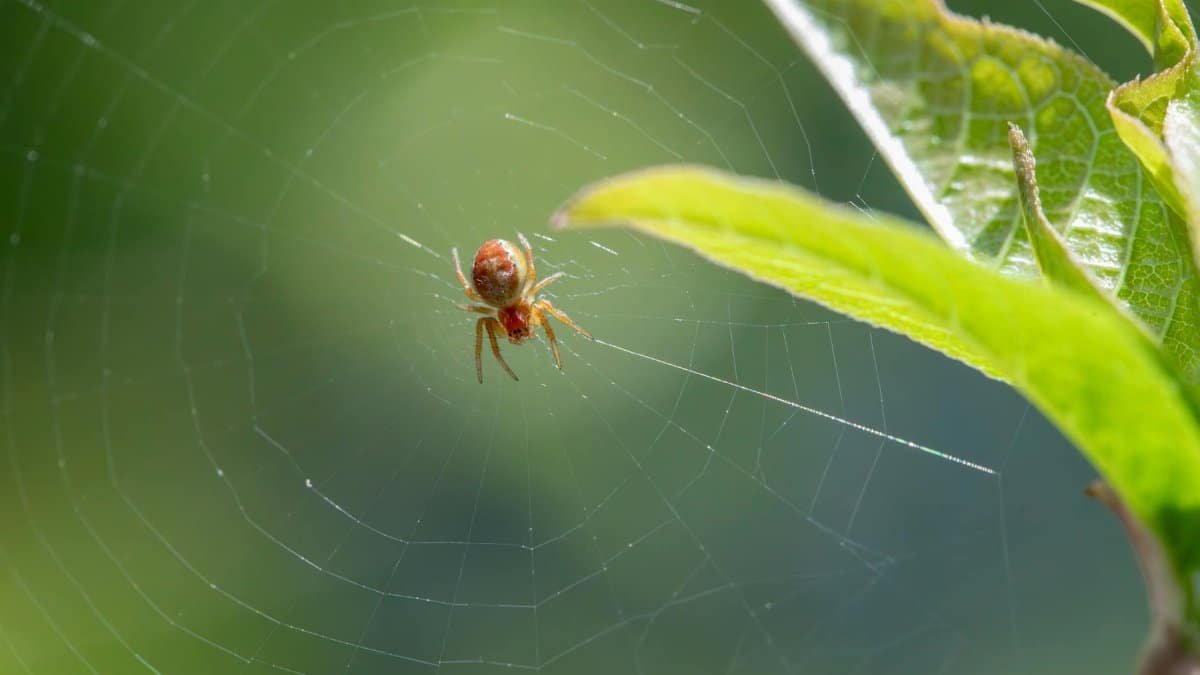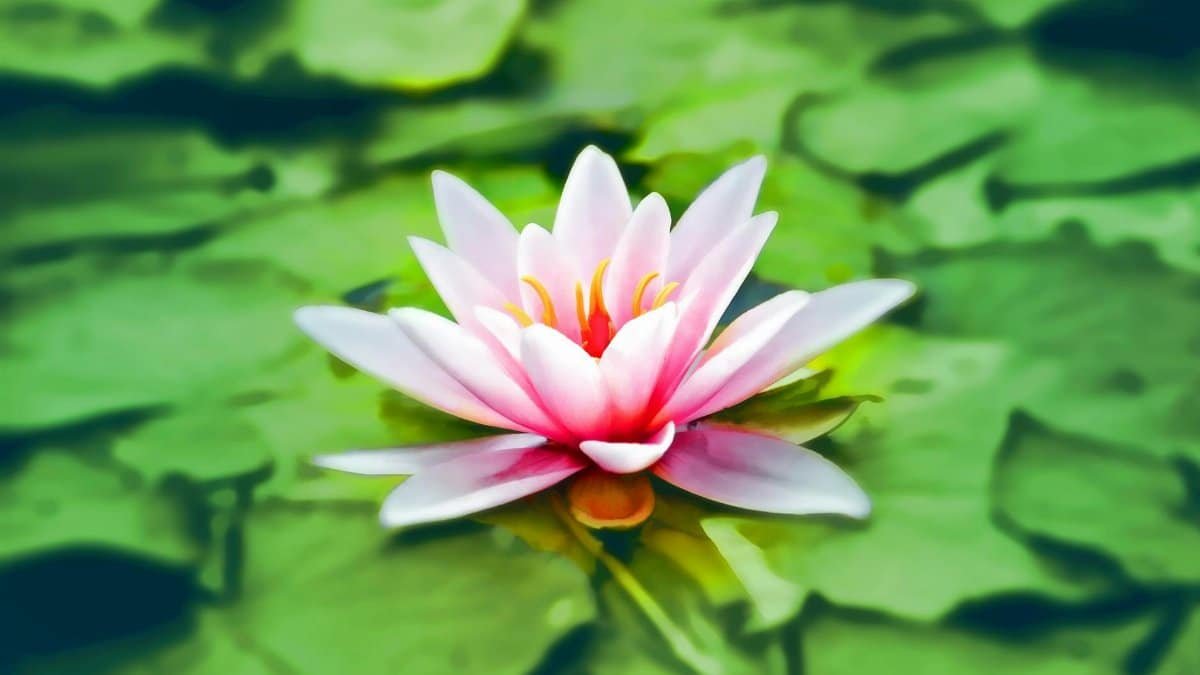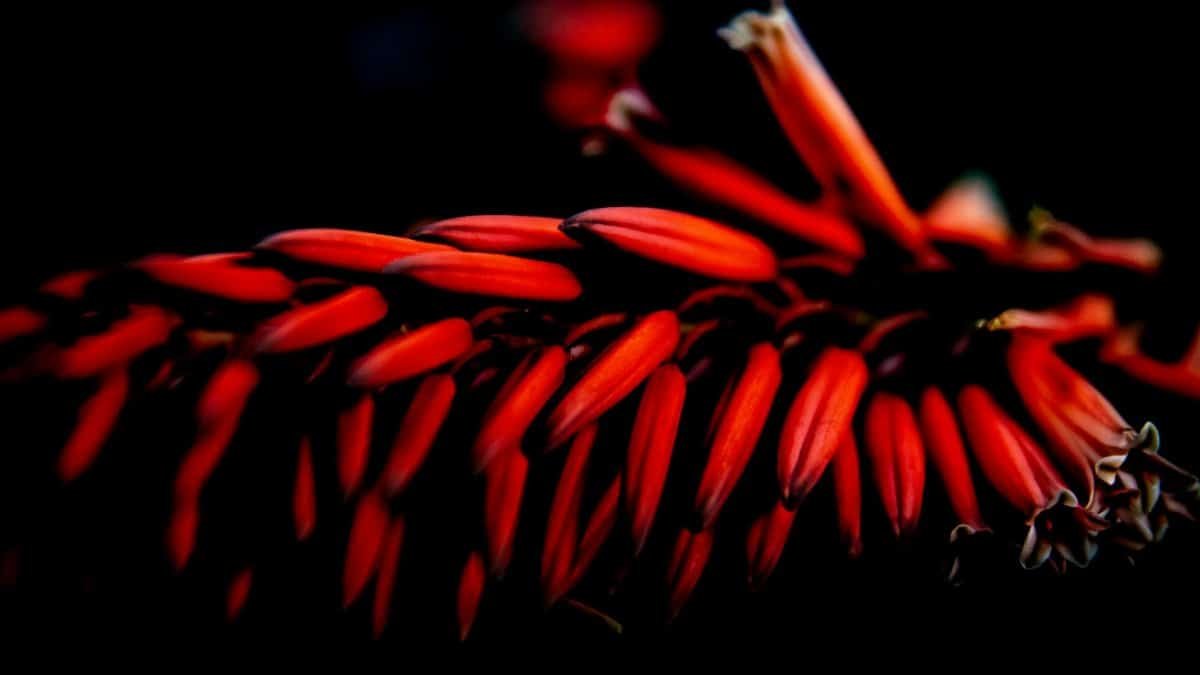Imagine a quiet revolution unfolding on windowsills and coffee tables across America. It’s not just about aesthetics or a fleeting trend; it’s about breathing easier—literally. A growing fascination with houseplants that scrub the air clean has taken root, spurred by NASA’s decades-old research on how certain greenery can filter indoor toxins. But while the usual suspects like snake plants and pothos often steal the spotlight, there’s a whole roster of under-the-radar species that didn’t make NASA’s famous list. These new NASA plants—lesser-known varieties backed by science for their air-purifying prowess—are gaining quiet traction among plant enthusiasts and health-conscious households in 2025. They promise not just cleaner air but a deeper connection to nature in our increasingly indoor lives. So, which hidden gems deserve a spot in your home? Let’s uncover ten houseplants that NASA forgot to tell you about.
1. The Understated Power of the Boston Fern

A fluffy, feathery Boston fern might look like mere decor, but don’t underestimate it. Studies, including early NASA experiments, hinted at ferns’ knack for removing formaldehyde—a common indoor pollutant from furniture and carpets. This plant thrives in humid spots like bathrooms, silently tackling moisture and toxins alike. Picture a small apartment in Seattle, where a tenant swears their persistent cough eased after adding a fern to their space. It’s not just anecdotal; research from institutions like the U.S. Environmental Protection Agency supports plants’ role in reducing volatile organic compounds. With minimal care beyond regular misting, the Boston fern offers a low-effort way to refresh stale air.
Why isn’t it more famous? Perhaps its delicate fronds don’t scream “tough,” but its impact is anything but fragile. It’s a reminder that sometimes the quietest players pack the biggest punch.
2. Spider Plant: The Overlooked Workhorse

Spider plants often get a passing nod in plant circles, yet their air-cleaning creds are solid. They’re champs at stripping carbon monoxide and xylene, per studies echoed by resources like the NASA Clean Air Study. Easy to propagate with their dangling “spiderettes,” they’re a gift that keeps giving. A Midwest mom recently shared how she filled her home with these after reading about their benefits—now her kids call them “baby plant factories.” Beyond practicality, they bring a playful vibe to any shelf. Their resilience makes them ideal for beginners dipping into the world of new NASA plants.
Neglect them, and they’ll still soldier on. Water sporadically, give them indirect light, and watch them work. It’s hard to find a better deal for cleaner lungs.
3. The Subtle Strength of English Ivy

English ivy isn’t just for quaint cottages or college walls. It’s a powerhouse against benzene and trichloroethylene, toxins lurking in paints and cleaners, as noted in air quality research from the CDC’s National Institute for Occupational Safety and Health. Its trailing vines can transform a bare corner while scrubbing the air. But beware—it’s toxic if ingested, so keep it high if you’ve got pets or little ones. Still, its understated elegance hides a fierce ability to combat invisible threats.
Place it near a window with filtered light. Watch it climb or cascade. It’s not just a plant; it’s a tiny warrior against the pollutants we can’t see but certainly breathe.
4. Peace Lily: Beauty with a Purpose

With glossy leaves and serene white blooms, the peace lily looks like it belongs in a spa. Yet it’s a heavyweight in filtering ammonia, a sneaky irritant from household cleaners, according to findings consistent with NASA’s original plant studies. It thrives in low light, perfect for dim offices or north-facing rooms. A friend in Chicago keeps one on her desk, claiming it cuts through the stuffiness of her tiny workspace. Science backs her up—plants like these measurably improve indoor environments, per the American Society of Landscape Architects.
Keep its soil moist, and it’ll reward you with both calm and cleaner air. It’s proof that utility doesn’t have to sacrifice style.
5. Rubber Plant: A Bold Air Ally

The rubber plant, with its thick, waxy leaves, isn’t just a statement piece. It’s been shown to tackle formaldehyde, often emitted by pressed-wood products. Its large surface area acts like a natural sponge for pollutants. It needs bright, indirect light and a bit of dusting to keep those leaves efficient. One plant owner described it as “a silent roommate who actually helps with the chores.” It’s not fussy, but it demands space to stretch its glossy limbs.
In a world of tiny succulents, the rubber plant stands tall—both literally and in its air-purifying game. It’s ideal for anyone ready to go big or go home.
6. Aloe Vera: Healing Beyond the Surface

Most know aloe vera for soothing burns, but it’s also a quiet air cleaner, targeting formaldehyde and benzene. Its spiky, sculptural form adds grit to any room while working overtime. It loves sun and sparse watering, fitting for forgetful owners. Research aligning with NASA’s findings suggests it releases oxygen at night, a bonus for bedroom air. A Texan retiree keeps one by her window, joking it’s her “low-maintenance therapist.”
It’s not just a first-aid kit in plant form. It’s a subtle guardian, proving that new NASA plants can multitask with the best of them.
7. Dracaena: The Silent Toxin Fighter

Dracaena varieties, like the marginata, are striking with their slender, colorful leaves. They combat trichloroethylene and xylene, often found in adhesives and varnishes. They’re adaptable, handling low to moderate light, though they prefer consistency. Their slow growth means less fuss over time. Stories abound of dracaenas reviving dreary office spaces, their presence cutting through stale air and monotony alike.
They’re not flashy, but their steady work against pollutants makes them a must-have. Think of them as the dependable friend who always shows up.
8. Philodendron: Easygoing and Effective

Heart-leaf philodendrons, with their charming, trailing vines, don’t just charm—they clean. They’re adept at removing formaldehyde, thriving in low light and forgiving neglect. They’re perfect for small spaces or hanging baskets. One online account shared how a single philodendron transformed a cramped studio, making it feel “less like a box.” Their simplicity belies their impact on air quality.
Water when the soil dries, give them a shady spot, and they’ll do the rest. It’s an effortless way to invite nature’s filtration system indoors.
9. Bamboo Palm: Tropical Vibes, Serious Results

The bamboo palm brings a slice of the tropics to your living room while filtering formaldehyde and benzene. It loves indirect light and a bit of humidity, mimicking its natural habitat. Its lush fronds create a calming shield against pollutants. Often overlooked for flashier plants, it’s a steady performer in homes craving both style and substance.
Position it in a cozy corner. Let it grow tall. It’s like having a mini forest that doubles as an air purifier, no passport required.
10. Weeping Fig: A Classic with Hidden Depth

The weeping fig, or ficus, isn’t new to indoor spaces, but its air-cleaning abilities often fly under the radar. It targets trichloroethylene and formaldehyde, though it’s pickier about light and drafts. It needs a stable spot with bright, filtered rays. A New Yorker once noted how theirs seemed to “reset” a stuffy room after a long winter. It’s not the easiest plant, but its benefits justify the effort.
For those willing to commit, it’s a sophisticated addition to the roster of new NASA plants. It’s a testament to the idea that beauty and function can coexist.
These ten houseplants, often sidelined in favor of NASA’s more famous picks, are carving out their own space in American homes. They’re not just greenery; they’re allies in the fight for healthier indoor air in 2025. From the unassuming spider plant to the elegant weeping fig, each offers a unique blend of science and soul. As we spend more time indoors, whether by choice or necessity, integrating these silent purifiers feels less like a trend and more like a quiet act of care. So, pick one—or a few. Place them where you live and breathe. Let them do what they do best: transform the air, and maybe even the way you see your space.
